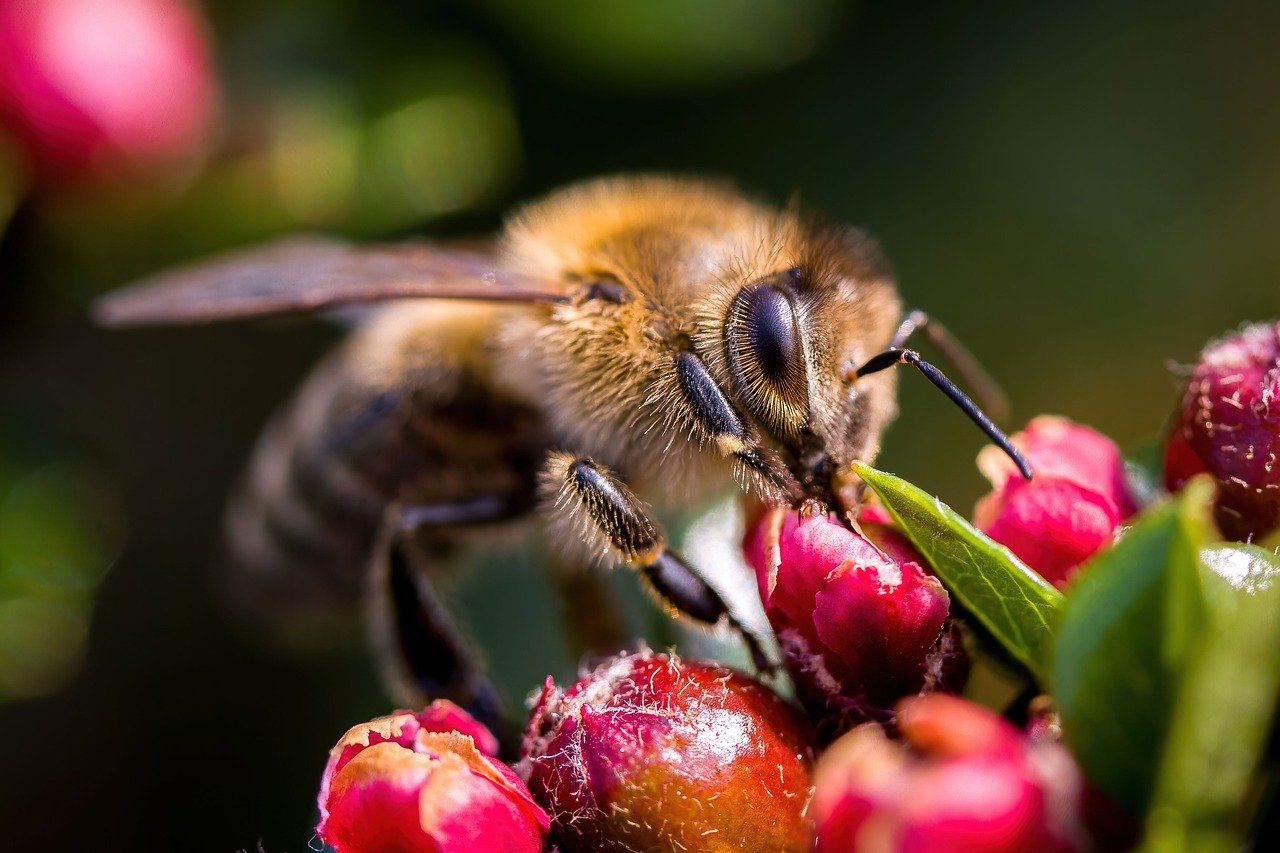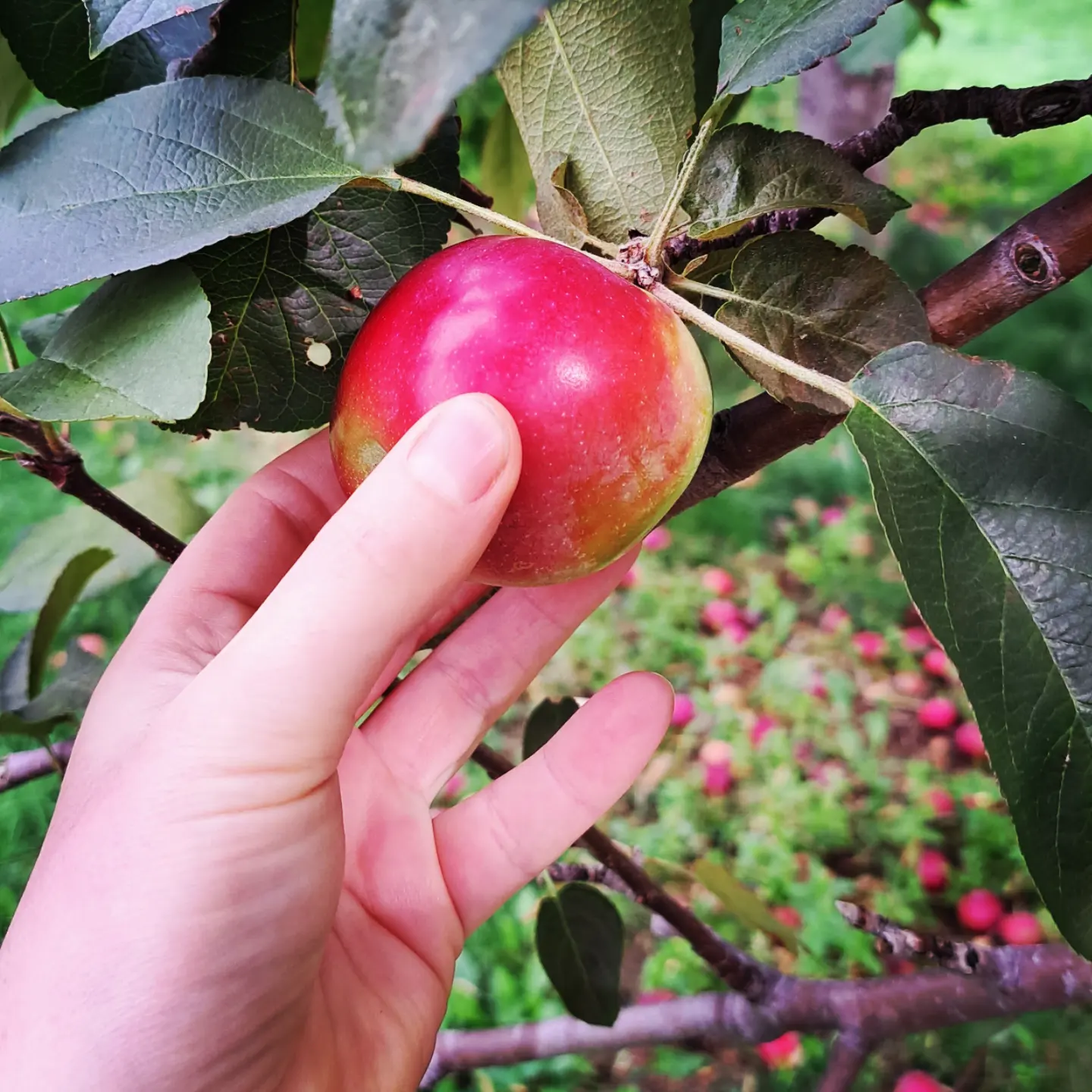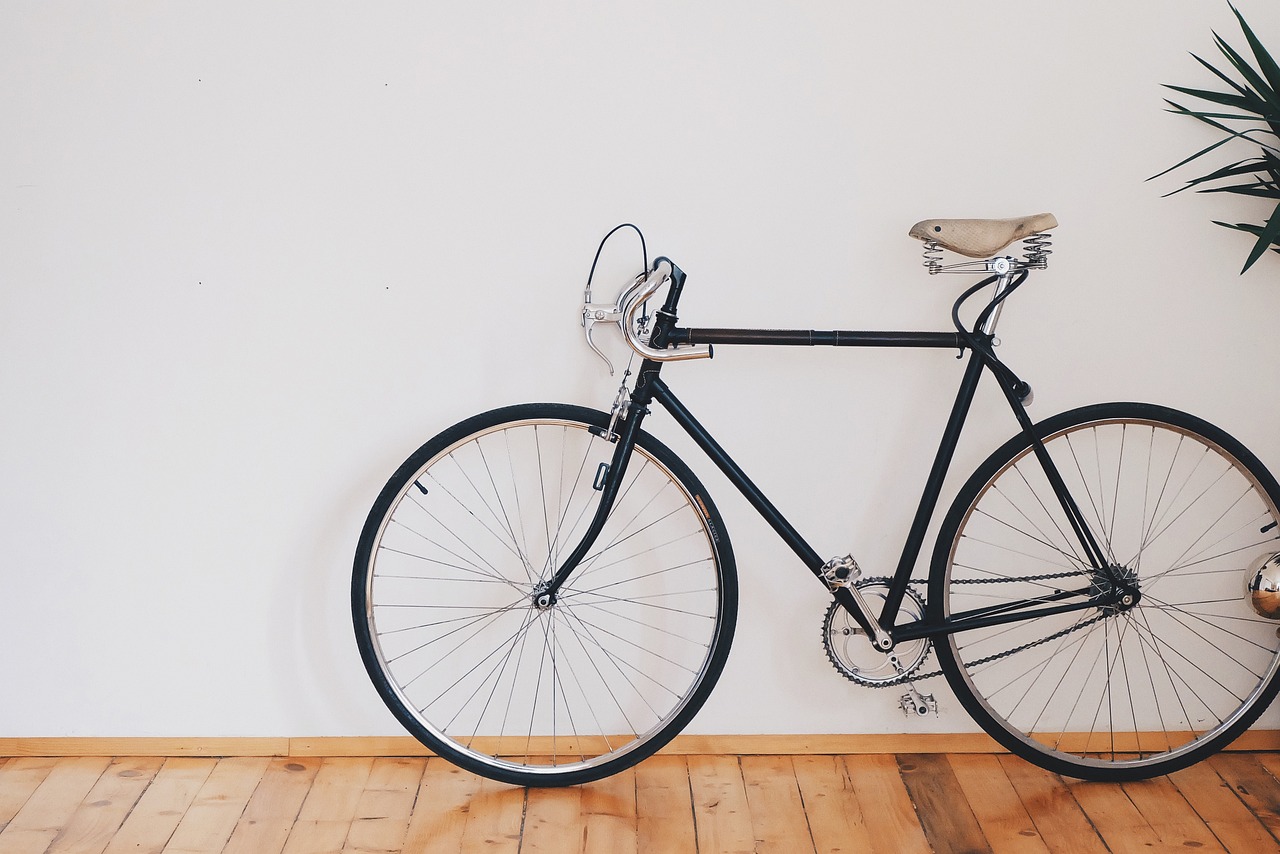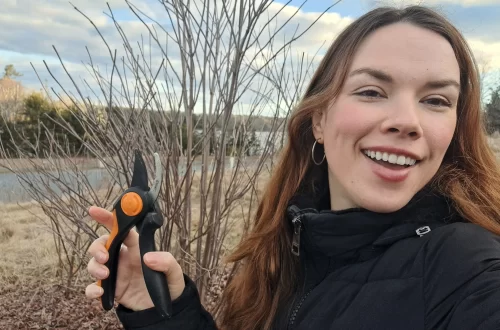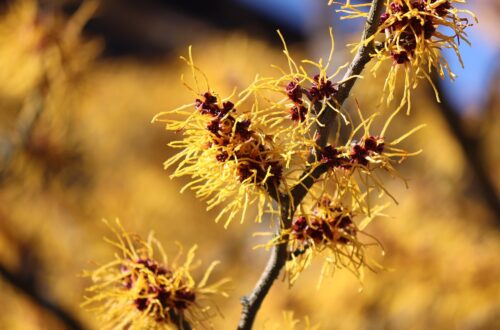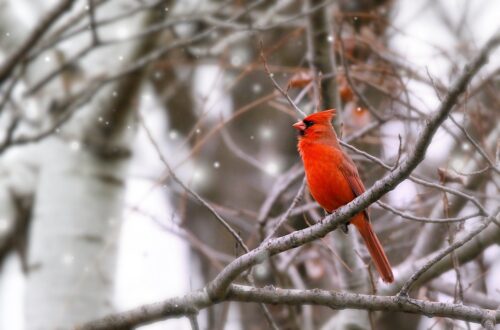Growing your own garden is an efficient way to make your home more sustainable, limit food waste and cut down on plastic pollution. But if you’re committed to eco-friendly living, you may want to find additional ways to make your garden even greener by cutting down pesticide use, watering wisely and recycling yard debris. If so, you’re in luck, because this guide is chocked full of homestead gardening tips to make your garden that much more climate resilient and earth friendly.
From choosing sustainable garden plants to using more sustainable gardening products, there are plenty of ways to make your lawn and garden safer for you, pollinators and other wildlife too. So read on and discover my favorite ways to create a sustainable garden and lawn!
AFFILIATE DISCLOSURE: AS AN AMAZON ASSOCIATE, I MAY EARN COMMISSIONS FROM QUALIFYING PURCHASES.
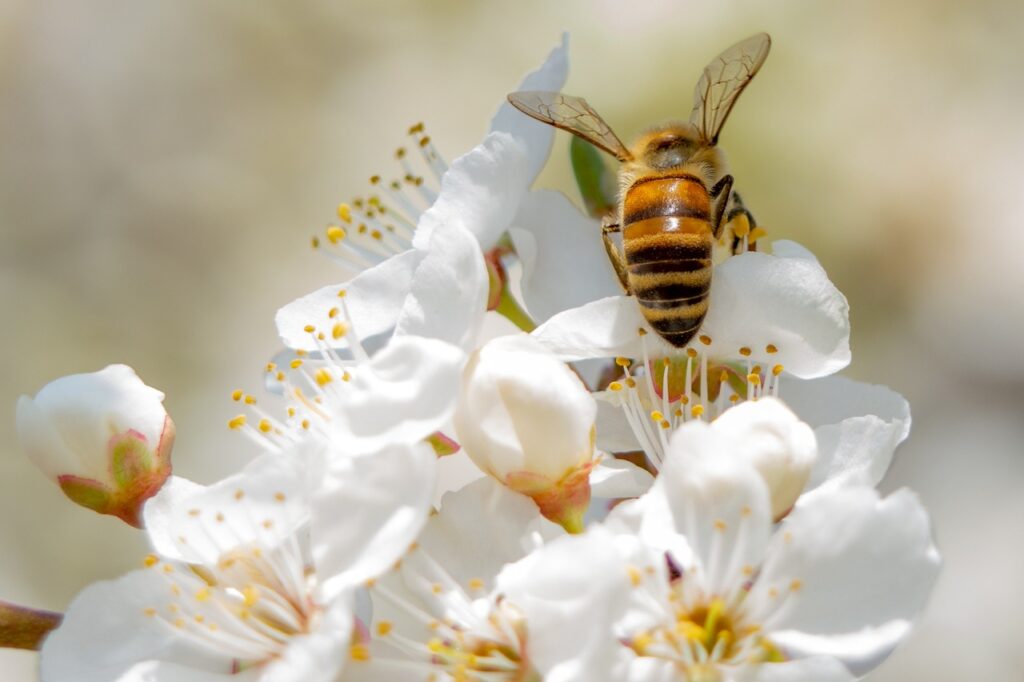
12 sustainable gardening tips for an eco-friendly lawn and garden
As gardeners, we learn as we go, so there’s no need to employ every single one of the following green gardening practices right off the bat. But if you commit to a few ecofriendly swaps every season, you can make your lawn and garden more sustainable while still preserving the look and feel of your beds and growing a lusher lawn and a larger harvest of vegetables too!
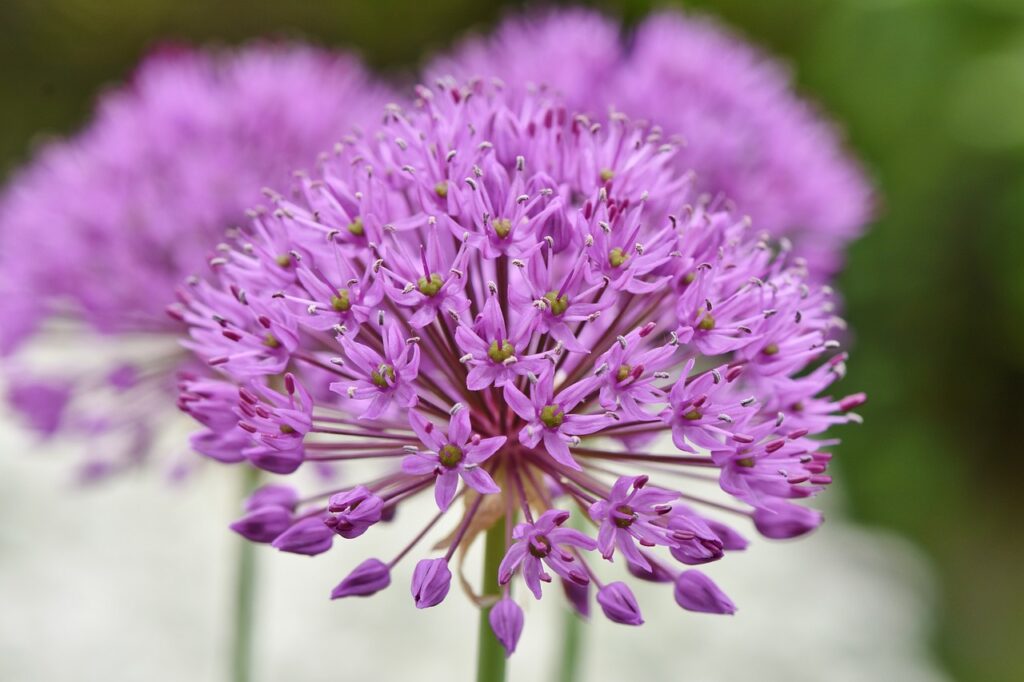
1. Go organic.
Pesticides, herbicides and synthetic fertilizers offer quick fixes to common garden woes, but they don’t improve gardens in the long run. In fact, when used often, fertilizers can cause salt to build up in garden soils, while pesticides and herbicides can runoff into local water ways and cause problems for pollinator populations too.
However, there is an easy and effective fix: choose organic products whenever you can. Compost, alfalfa meal, aged manure and worm castings are eco-friendly alternatives to synthetic fertilizers and they can actually improve garden soils over time. Companion planting, weed barrier fabrics, no-till gardening methods and floating row covers are all effective ways to control pests and weeds without chemicals and they’re perfectly bee-safe!
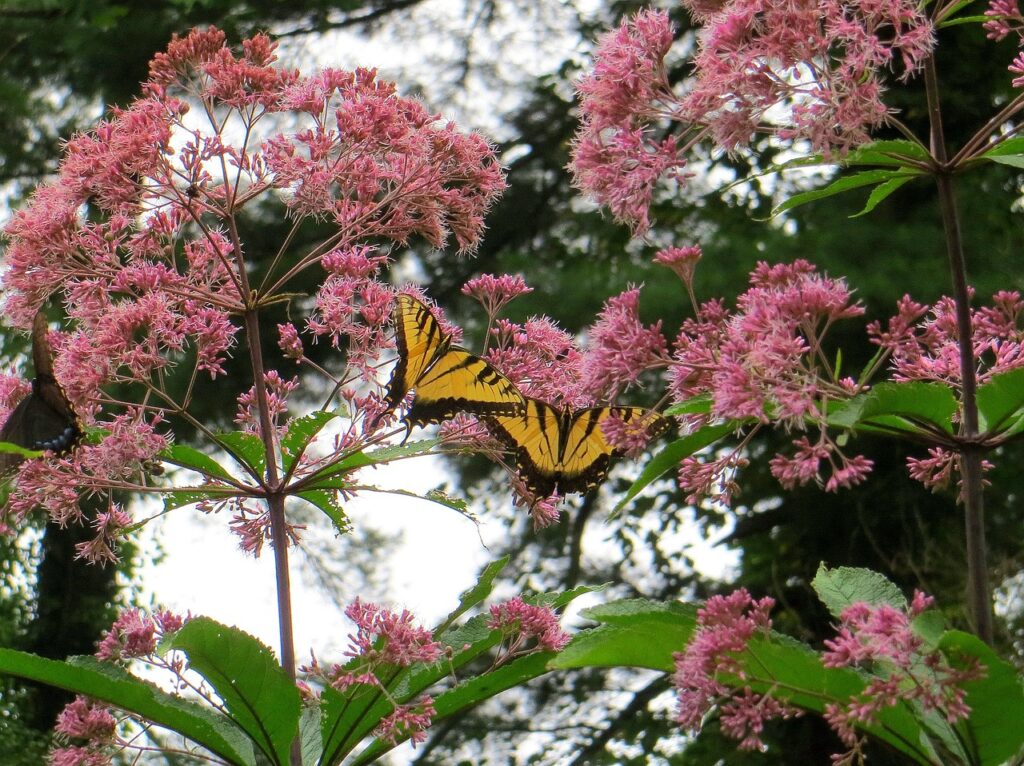
2. Grow native plants.
Native plants are the plants that naturally grow in your local area, so you know they’ll be able to handle the climate patterns in your garden. But while native plants are certainly hardy, they generally require less fuss, fertilizer and water than non-native species. If you’re looking to lower your impact and use less water in your garden, growing native plants is a great way to do just that.
But beyond their resilience, native plants are also the best plants to grow if you want to attract pollinators to your garden and benefit wildlife as well. Studies have found that native plants are 4 times as attractive to bees and other insects than non-native species. Plus, native plants are just as ornamental and attractive as tropical and hybrid plants.
What plants are native to your local growing zone will vary, but this website can help you identify some of the best native plants to grow in your specific region.
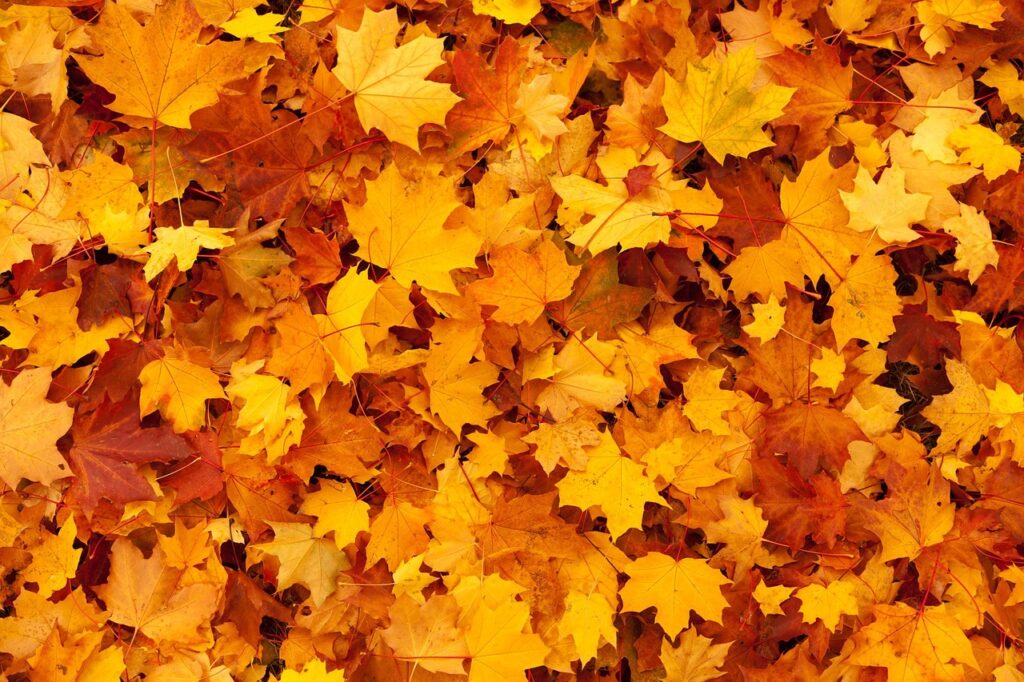
3. Add mulch.
Applying a thick, 1 to 3″ layer of organic, natural mulch beneath your vegetables, herbs and flowers is a great way to keep weeds in check without harmful herbicides. But mulching also helps lock moisture into your soil and it slows down soil evaporation rates. This will drastically reduce how much water your garden will need and it will keep your plants happier during hot summers and chilly winters too.
Wood and bark mulches are popular choices for ornamental beds, but they aren’t as eco-friendly as some other mulches. Compost, chopped autumn leaves and pine needles are all more sustainable mulch options and they don’t require trees to be cut down! Alternatively, you can sometimes get free mulch from local tree removal companies that produce mulch from trees that already needed to be cut.
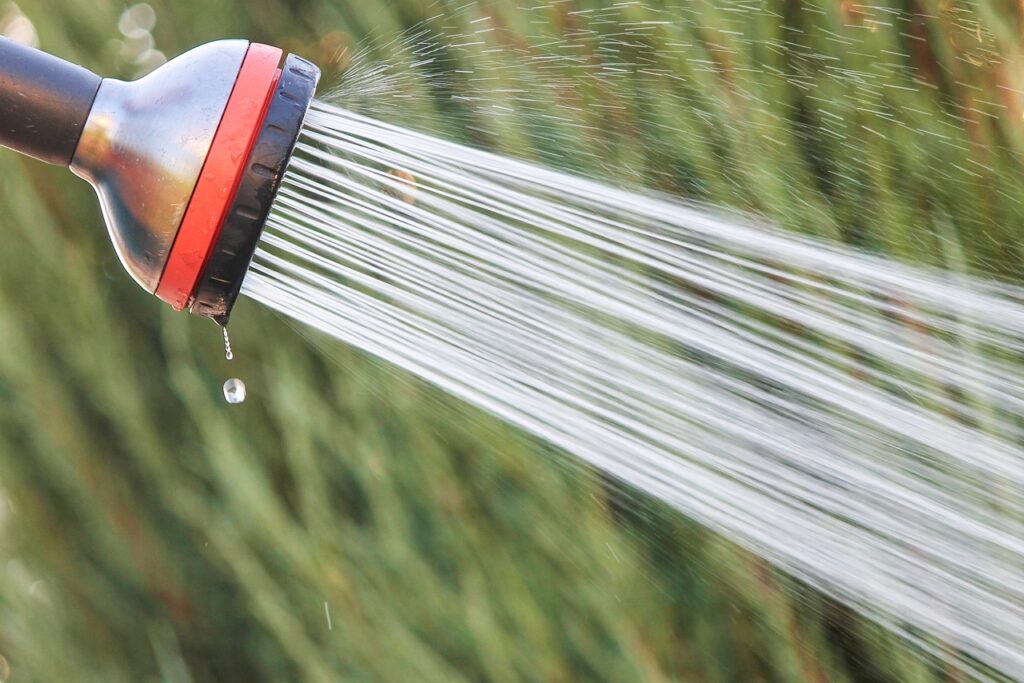
4. Water smart.
Gardens, and lawns in particular, can use up a lot of water, but there a few basic steps that you can take to cut down on your landscape’s watering needs. Growing native plants and mulching are two effective ways to reduce water consumption in your garden. But you can also swap out water-hungry grass for clover, wildflowers or other low maintenance groundcover options.
When watering your garden, water your plants in the morning and water at the soil line with drip irrigation or your hose. This will reduce the amount of water that’s lost to evaporation and plants will generally be healthier if their leaves are kept dry. Keeping weeds out of your garden will also reduce the amount of water your plants need since there won’t be any weeds completing with your edibles and ornamentals for moisture!
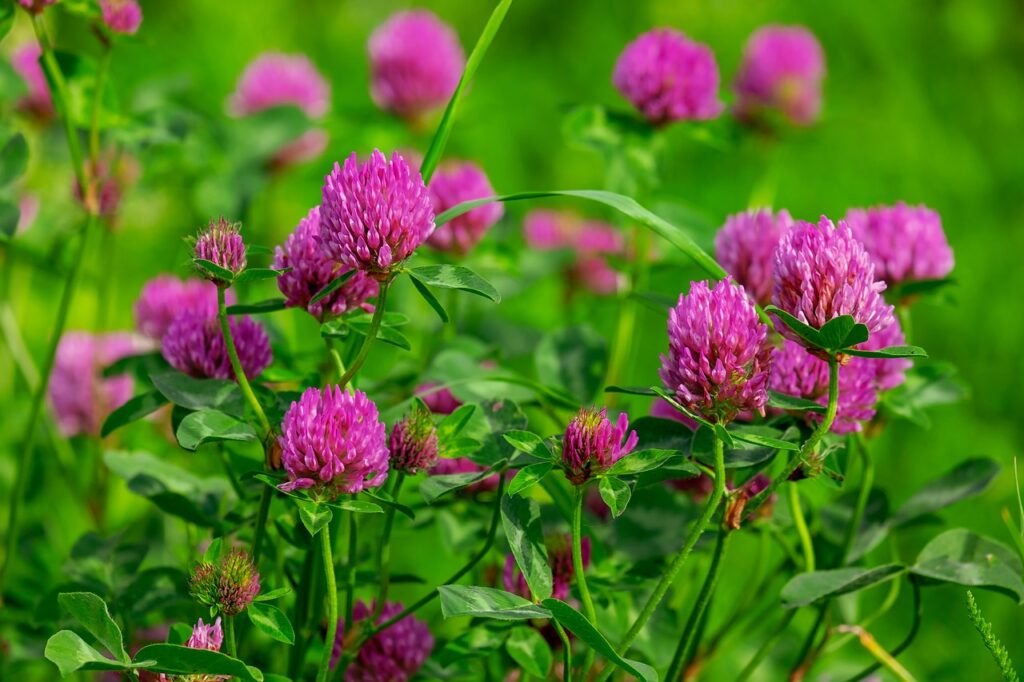
5. Reduce grass.
Most of the turf grass grown in lawns today is not native to North America and it actually comes from Europe. Because turf grass isn’t a native plant, it can be quite demanding and it’s also one of the thirstiest plants you can keep. In fact, it’s estimated that between 30 to 60% of fresh water in urban areas is used to irrigate lawns!
But beyond water waste, grass can be quite finicky and it often needs fertilizer, which can increase the chances of run off and cause other problems too. However, you can make your lawn much more sustainable by reducing the amount of grass on your property.
There’s no reason to get rid of all of your grass if you like it, but you can reduce water waste by adding more ornamental beds thick with drought tolerant native plants. Or you can overseed your lawn with Dutch white clover, which is hardy and uses less water than turf grass. Replacing some of your lawn with vegetable beds, wildflowers or mulched walkways is another eco-friendly option and it will make your landscape design feel more complex and colorful.
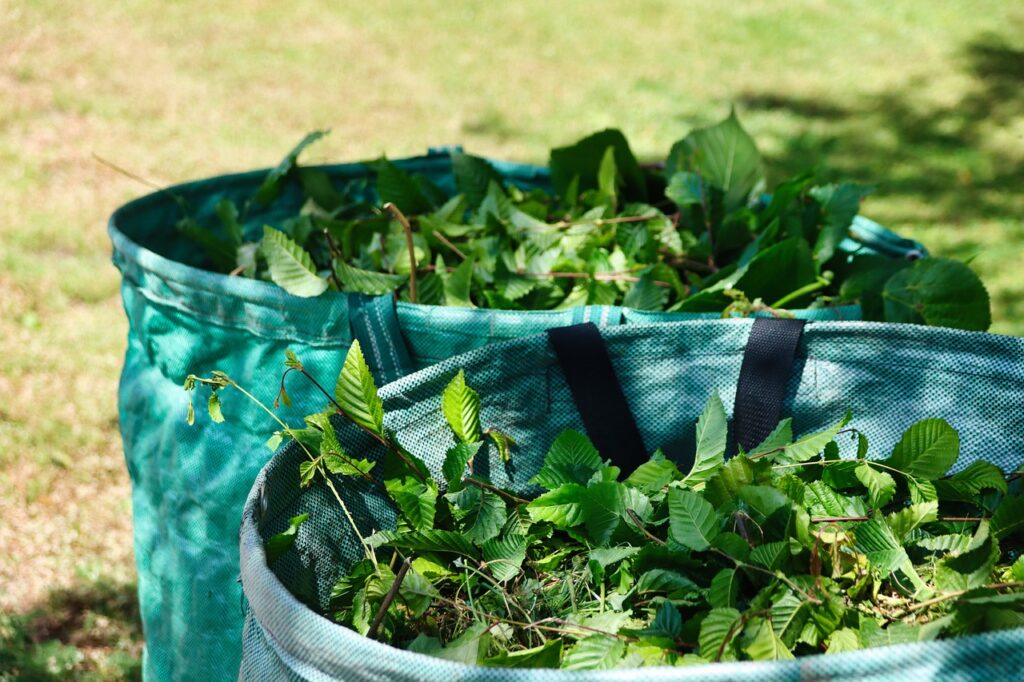
6. Start composting.
Yard waste, like autumn leaves, weeds and shrub trimmings, are often thrown in the trash. But when organic matter ends up in low oxygen landfills, it doesn’t break down properly and it can release methane and other greenhouse gasses that contribute to climate change. On top of that, when you throw out yard waste, you’re actually removing valuable nutrients from your property that will need to be replaced with fertilizers.
However, you keep those nutrients where they belong in your garden with composting. By composting your own yard waste, you create a closed loop system in which the organic matter in your garden is recycled back into the soil that grew it. Compost bins can be made simply with a few upcycled shipping pallets, or you can invest in a compost tumbler, which will easily turn compost for you and help you to create finished compost much quicker.
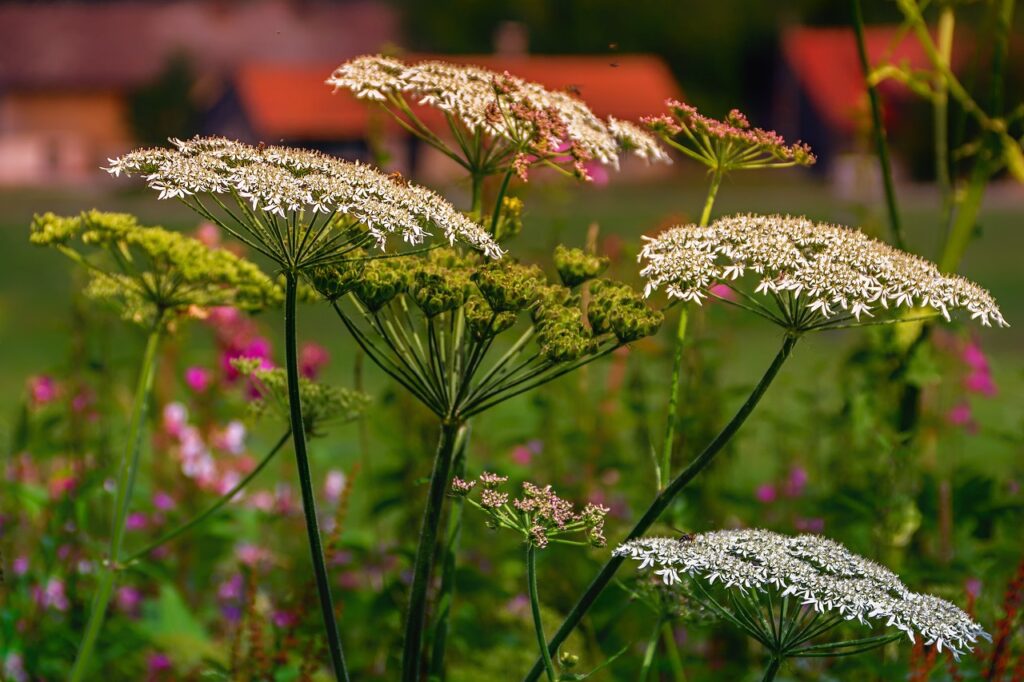
7. Attract pollinators.
Today, pollinator populations are on the decline due to habitat loss and fragmentation, the over use of pesticides and industrialized agriculture. However, we can all help pollinators like monarch butterflies make a comeback by adding pollinator friendly-elements to our gardens. And even better, when we attract pollinators to our landscape, those busy little bees increase pollination rates in our vegetable beds and help us get a larger crop of veggies too!
Growing native plants is one way to attract pollinators to your garden, but you can also increase pollinator activity by adding a bird bath or other water feature and a bird feeder or hummingbird feeder. Leaving part of your lawn to grow wild and keeping some evergreen shrubs and trees for shelter will also make your garden more attractive to bees, butterflies and hummingbirds. And don’t forget to install a bee hotel or two to support native carpenter bees and other solitary bee species.
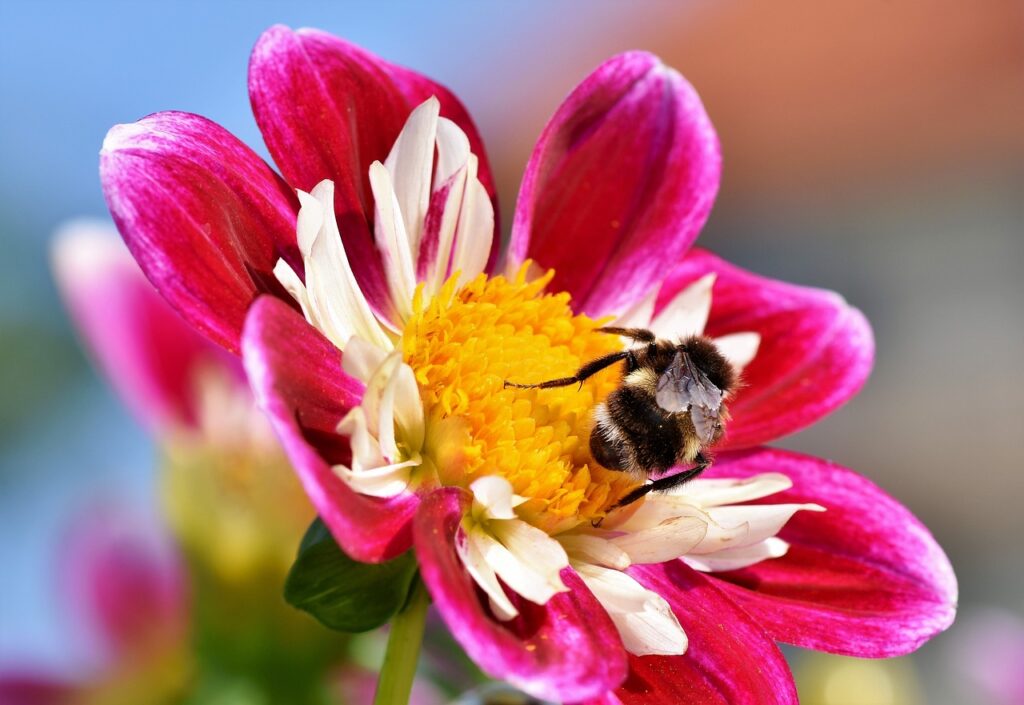
8. Buy heirloom and open-pollinated seeds.
Heirloom and open-pollinated plants are the types of plants you need to grow if you want to save your own seeds for next year’s garden. Unlike hybrid plants, heirloom and open-pollinated plants produce seeds that are “true to type” and they’ll look just like the parent plants. Hybrid seeds, on the other hand, are a bit of a mystery and they often produce plants that don’t look like the parent plants at all.
Saving your seeds is an important step to take if you want to make your garden and homestead more self sufficient, budget-friendly and sustainable. But growing heirloom seeds also preserves plant biodiversity and it helps out pollinators too. That’s because hybrid plants often have double blooms that are hard for pollinators to feed from, but old fashioned heirlooms have open flower faces that make them more polliantor-friendly.
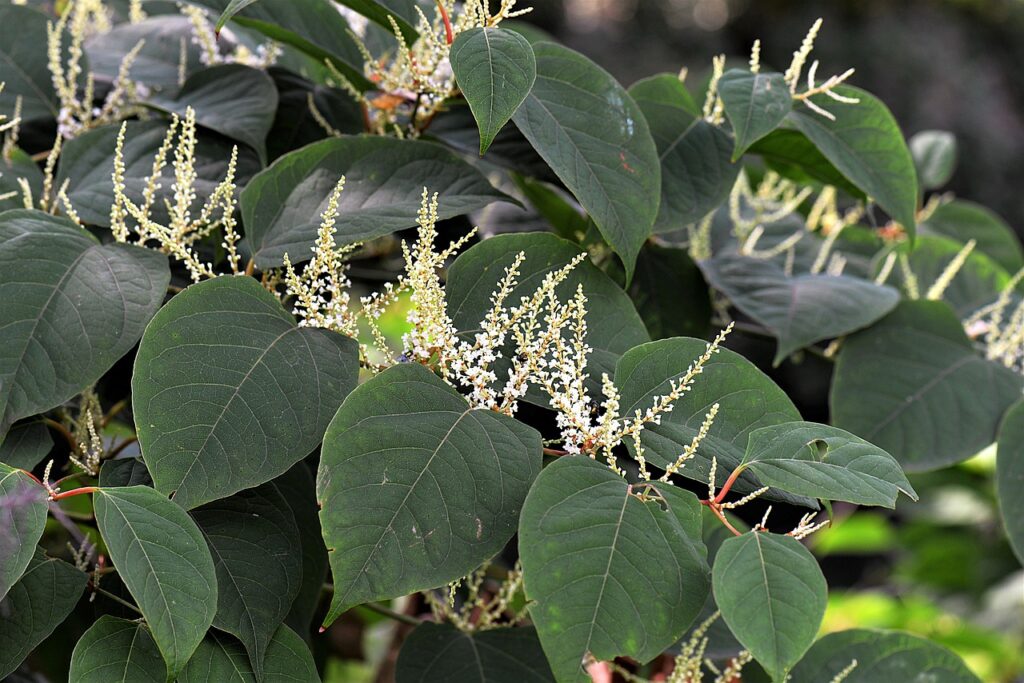
9. Remove invasives.
Invasive plants like Japanese knotweed, Oriental bittersweet and multiflora rose can rapidly outcompete native plants and make it difficult for other species to grow. This not only decreases biodiversity in your landscape, but invasive plants can reshape entire ecosystems and they can impact pollinators and other wildlife too. Many animals, birds and insects depend on native plants, but invasives can make it hard for native plants to grow.
If there are invasive plants in your garden, it’s important to tackle them as soon as you can, but you don’t need to reach for chemical herbicides to do it. Hand removal works well for most invasives and it’s particularly effective if you cover the area with layers of cardboard or weed barrier fabric after you’ve pulled invasives out of your garden. Planting fast growing native plants, like Joe Pye weed, goldenrod and spotted jewelweed, after removing invasives can also ensure that invasive plants never return.
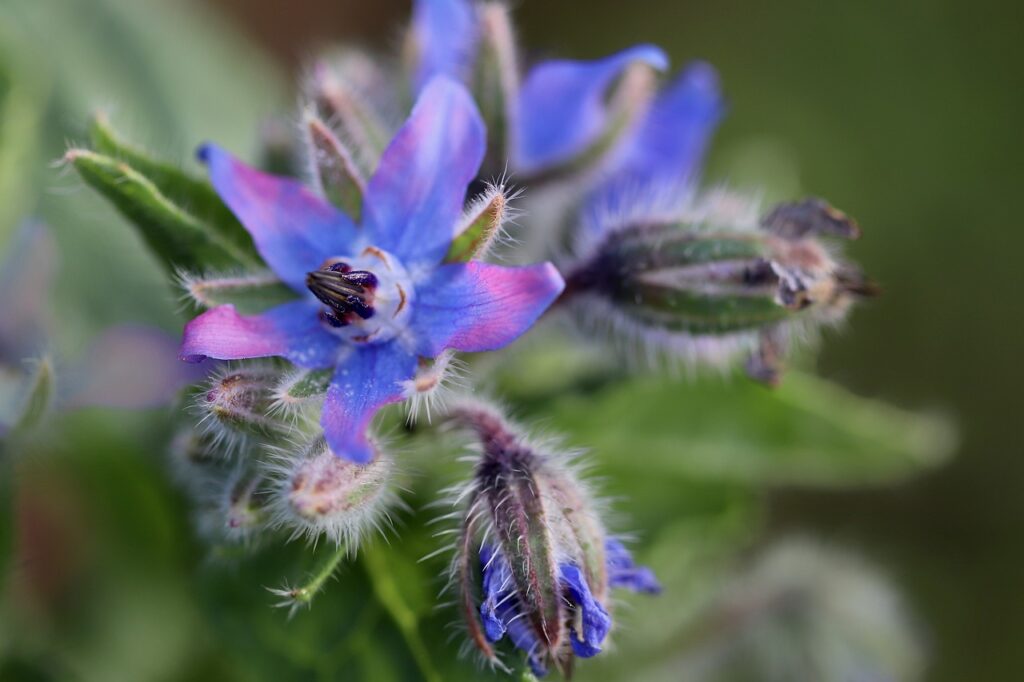
10. Try companion planting.
Companion planting is a gardening technique in which certain plants are grown together to benefit each other. Often, companion plants help to repel garden pests, but companion planting planting can also be used to improve the growth of plants, boost the flavor of vegetables and prevent issues like sun scorch. And if you’re looking for ways to make your garden more sustainable, companion planting can reduce your need for synthetic fertilizers and pesticides as well.
While there are many companion plant pairs to try, some of my favorite companion plants to work with are alliums (garlic, onions, chives, leeks and ornamental alliums) and strongly scented herbs. These fragrant plants help to repel an assortment of pests, including aphids, deer, cabbage loopers and thrips, and they grow beautifully with most flowers and vegetables. Borage is another excellent companion plant to try and it is known to reduce hornworms on tomatoes and other nightshade plants!
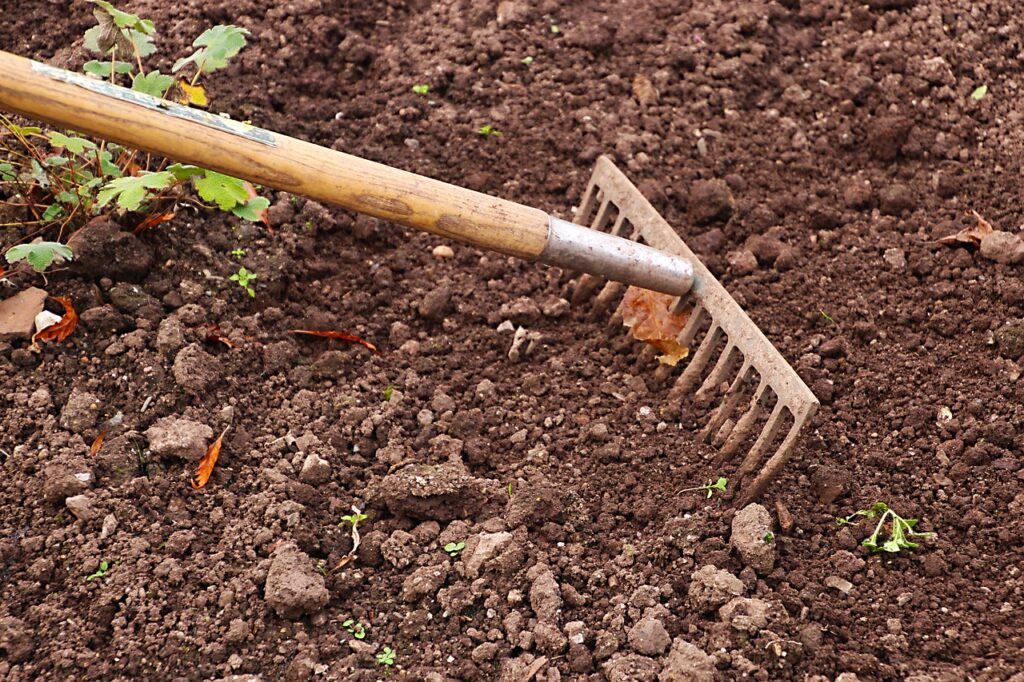
11. Work on your soil.
Gardens are only as good as their soil and if your soil is deficient in nutrients, your plants won’t grow well. Compact, clay-heavy or very sandy soils are also not great for plants and they can cause plants to grow stunted or they can promote the waterlogged conditions where root rot develops. That’s why, if you’re starting a new garden, the most important thing to focus on is the quality of your soil.
Before planting anything, I always recommend that people test their soil and amend their gardens with compost. Compost is an all purpose soil amendment that breaks up tough soils, improves drainage and water retention and boosts soil nutrients too. Mixing compost into your beds before planting reduces the amount of fertilizer your garden will need and it also improves your plants’ health and makes your plants more naturally resistant to pests and diseases.
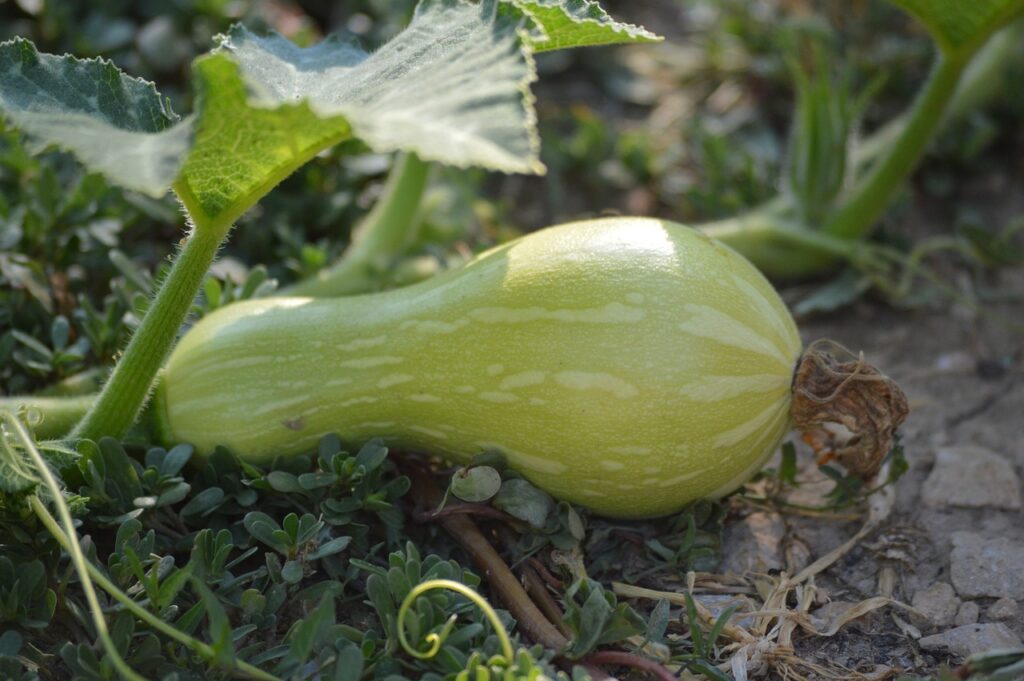
12. Choose resistant cultivars.
Some plants are more vulnerable to pests and diseases than others. But if you are looking for ways to reduce your reliance on pesticides and other synthetic garden products, you can deliberately grow a more problem-proof garden by selecting disease and pest resistant vegetables, herbs and flowers right from the start. Through selective breeding, these plants were specially developed to resist common plant problems, including blight, wilt and even squash vine borers!
Most of the time, seed catalogs will note if plants are known to be resistant to diseases and pests. For instance, certain squashes like butternut squash have solid stems (rather than hollow stems), which makes them less attractive to squash vine borers. Growing these hardy plants in your garden can make your garden much easier to manage and, even better, you won’t need to use as many pesticides!
